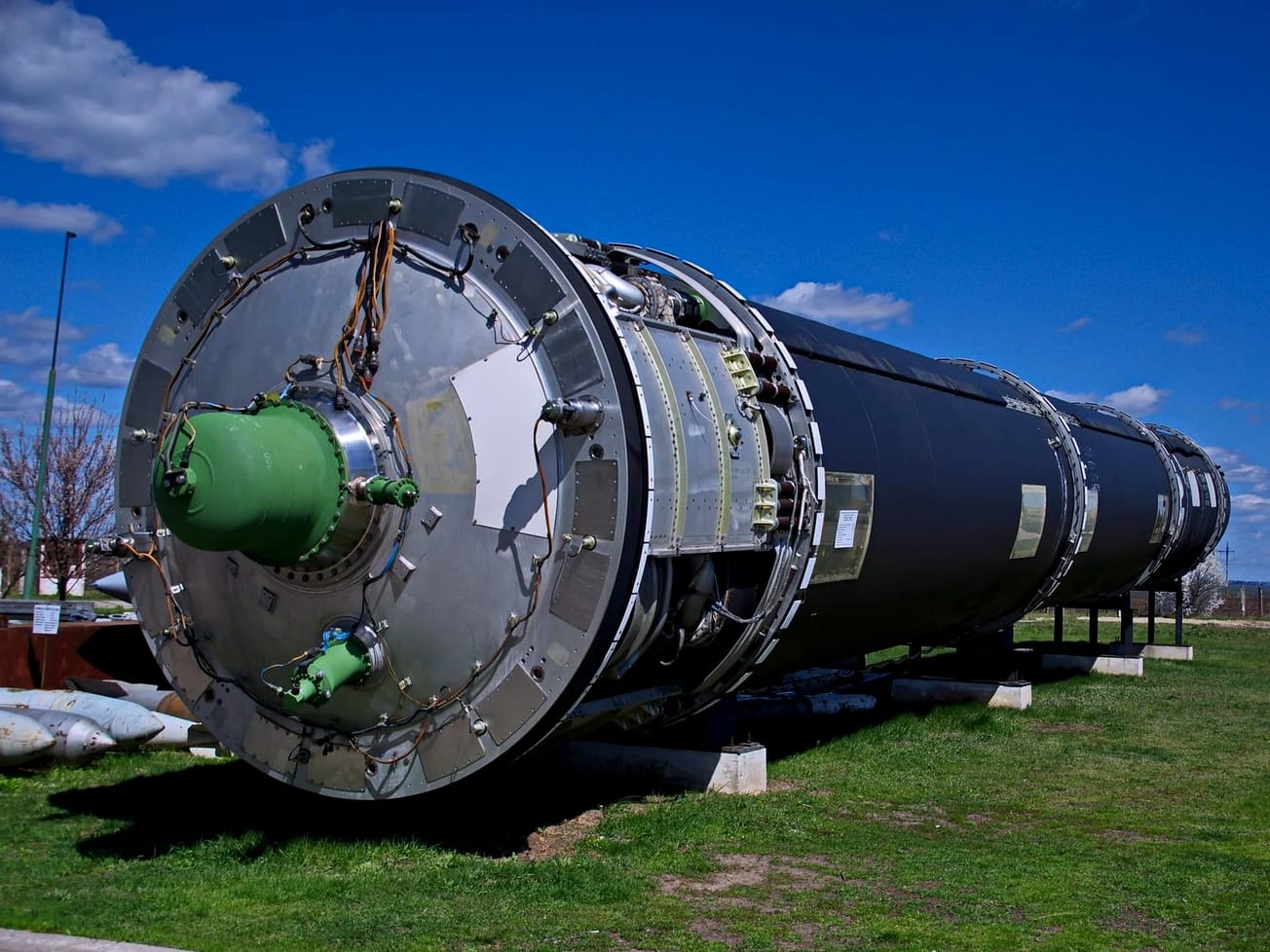GENEVA (AN) — Campaigners against destructive explosive weapons expressed shock at the U.S. decision to provide Ukraine with cluster munitions to fight Russia.
The Geneva-based International Campaign to Ban Landmines and London-based Cluster Munition Coalition said on Friday the networks of NGOs they represent were appalled that U.S. President Joe Biden's administration will transfer cluster munitions to Ukraine, which has repeatedly asked for them to fight off Russia.









